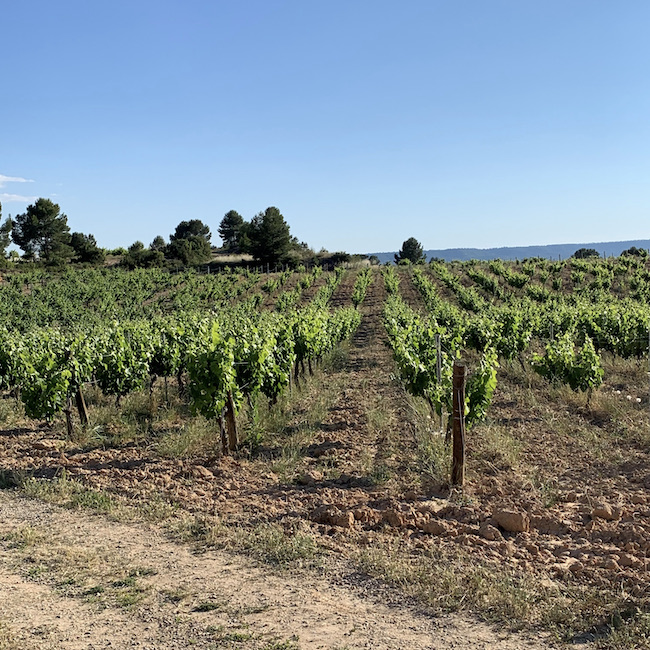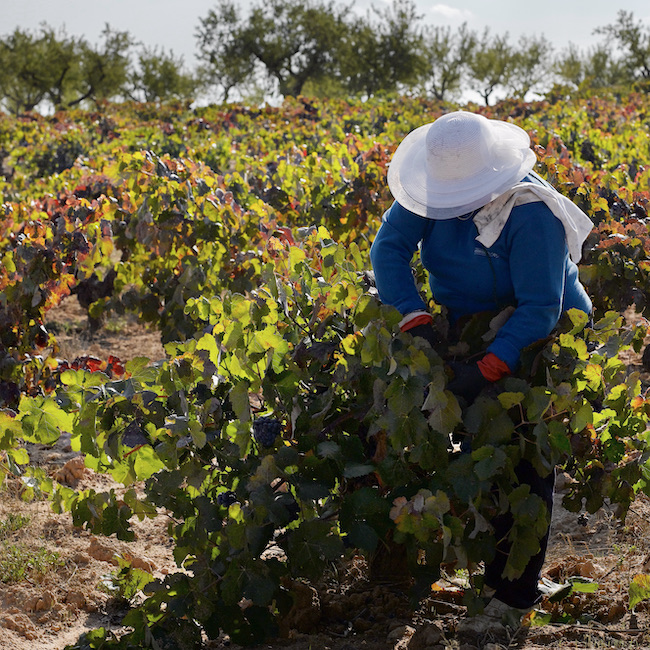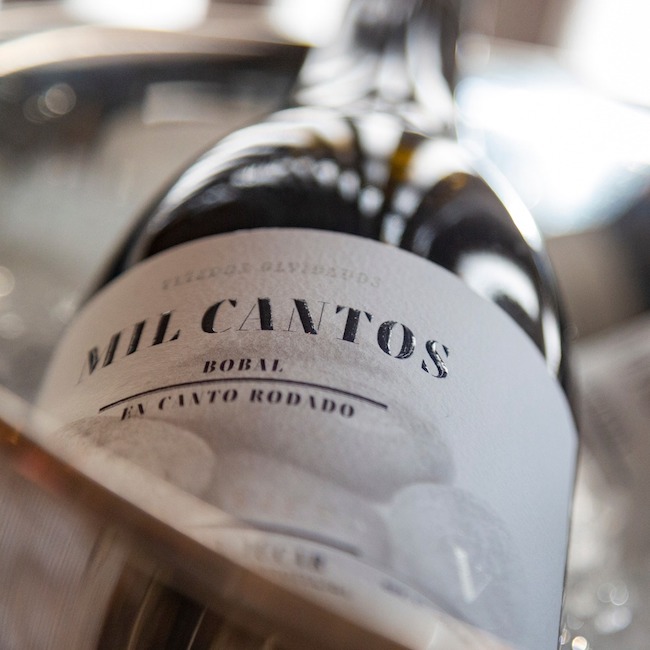.png.transform/rendition-xs/image_image%20(1).png)
Bobal, Revolution in Red
This grape, from the eastern Iberian Peninsula, is the second-most important red grape in Spain after Tempranillo, and it's beginning to be increasingly valued by winemakers who work with it and create high-quality wines
In Spain, there's more than Tempranillo: the flagship grape from leading DOs like Rioja and Ribera de Duero can overshadow others, among them the second most-abundant red grape in Spain, Bobal. It's a grape appreciated by many experts in the wine industry, such as Sarah Jane Evans, Master of Wine, who has been enamored of this variety for years.
This is the star grape from Utiel-Requena DO, where it accounts for 67% of production. This grape is perfectly adapted to the Mediterranean area's climate. Of the almost 22,000 hectares planted in the there, practically half are old vineyards that are over 40 years old. "It's a grape that gives a strong layer of color and has a lot of tannin. Traditionally, it has been a grape commonly used to enrich wines from other DOs and give them structure and color," explains Luis Corbí, owner of the Clos Cor Ví winery (Requena, Valencia). However, in recent years, a number of winemakers in the area have been producing high-quality wines from this grape. This includes Corbí, who uses it to make two single-varietal wines.

Surprising on the nose and on the palate
In addition to its noticeable body and color, the Bobal grape yields wines with a surprising nose and palate, with ripe fruit, licorice, spices, and mineral notes. They also have a certain acidity that makes them perfect for evolving in the bottle. "The grape's tannicity and astringency must be polished. It's a labor-intensive endeavor because we have to ensure that the wine maintains its authenticity," says Corbí. In the case of his Maloco wine, polishing its tannic sensations is achieved after aging in stainless steel tanks, where it ferments, a four-month long process that occurs in French oak barrels and another similar period in earthenware jars. "All this ends up shaping the wine, giving it a mature acidity and a balanced freshness," says the winemaker.
Corbí's efforts are leading him to work on projects that aim to grow grapes that are currently being planted and that "are gentler than the traditional Bobal." That is, they can be used more simply to achieve high-quality wines but with the same character.

Innate freshness and acidity
There's growing interest in Bobal from wineries in other DOs, given the grape's possibilities. One example is Valtravieso (from Ribera del Duero), which has presented its Mil Cantos wine from old vineyards in Ribera del Júcar DO—where Bobal is also the main grape—and it's one of the flagship wines from the Viñedos Olvidados project. "Depending on the desired style at any given moment, the grape can behave in one way or another: it's quite versatile. The good news is that it naturally preserves freshness and acidity," says Ricardo Velasco, winemaker at Valtravieso.
Velasco, who started working on this wine in 2017 based on the recommendation from a friend, defines Mil Cantos as "very earthy, with concentration, and with notes of new wood that helps blend everything together." He has nothing but praise for Bobal: "We love its acidity as it gives the wines a lot of potential. The concentration of the grape allows for a lot of wood, and the consumer doesn't notice it." Another of Bobal's magic tricks.
As for its nose and palate, Mil Cantos, from Valtravieso, responds "to a Mediterranean profile of ripe fruit but not compote." In a glass, you can appreciate everything from plums to blueberries. "This grape, which in Spain was quite reviled, is doing well in the United States, where there is a genuine interest in the wines made from it. It's a bit contrary to the more fluid, lighter, red wine styles with a long finish that are in style now. Besides, they do a very good job of representing the territory."

Not just red wine: Bobal is also used to make rosés
Although Bobal red wines are becoming emblematic of the DOs of Utiel-Requena, Ribera del Júcar, and Manchuela, which border each other, this variety can also be used to make rosés.
"Bobal rosés have aromas of red fruits and an attractive pink color, with intense and lively violet reflections. They are balanced and perceived as full on the palate, and they provide great freshness. They're also very harmonious wines," they say with regard to the rosés from Utiel-Requena DO. Another way to enjoy a grape which, after a lifetime in the background, is now center stage, ready to bear witness to a territory with a lot to tell (and to drink).

